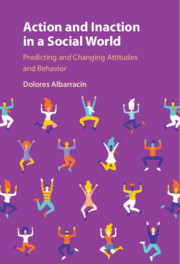While risk research focuses on actions that put people at risk, this paper introduces the concept of “passive risk”—risk brought on or magnified by inaction. We developed a scale measuring personal tendency for passive risk taking (PRT), validated it using a 150 undergraduate student sample, and obtained three factors indicating separate domains of passive risk taking: risk involving resources, medical risks and ethical risks. The scale has criterion validity, as it is correlated with reported passive risk taking in everyday life, and also has high test-retest reliability. While correlated with the DOSPERT scale, the PRT shows divergent validity from classic risk taking constructs like sensation seeking, and convergent validity with tendencies previously not linked to risk taking, such as procrastination and avoidance. The results indicate that passive risk is a separate and unique domain of risk taking, which merits further research to understand the cognitive and motivational mechanism perpetuating it.
